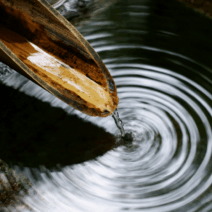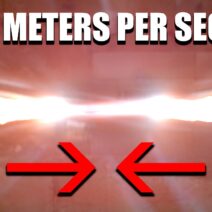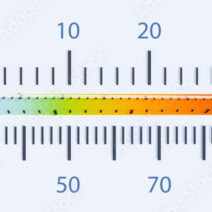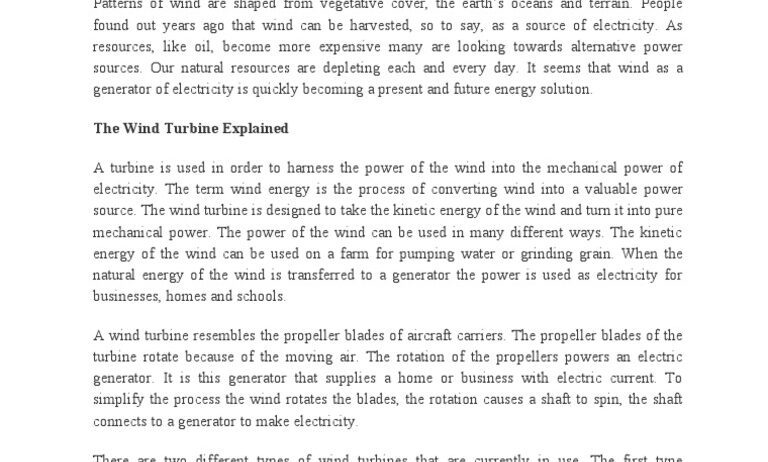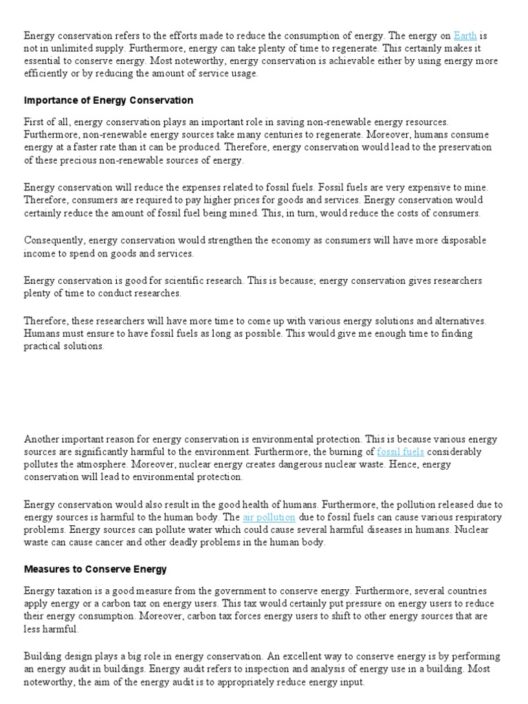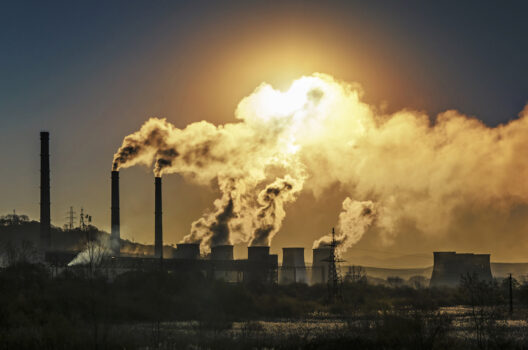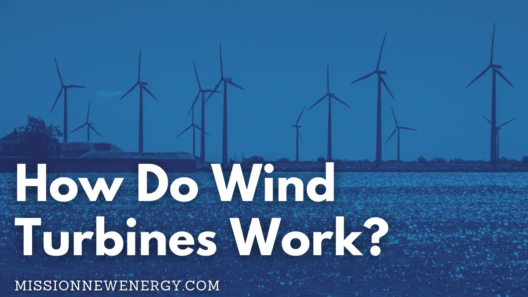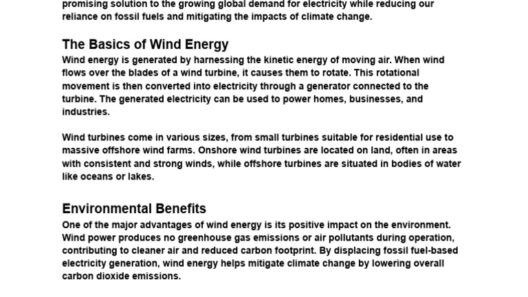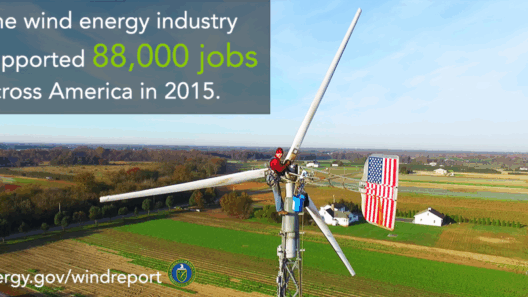Wind energy, an increasingly vital component of the global renewable energy landscape, goes by various names and encompasses a plethora of terminology. As awareness about sustainable energy sources burgeons, it is imperative to elucidate the different facets of wind power. This article aims to navigate the intricate vocabulary surrounding wind energy, from its fundamental principles to technical jargon that underpins the industry.
Understanding the nomenclature of wind energy not only enhances comprehension but also fosters a deeper appreciation for its contribution to mitigating climate change and promoting sustainable development.
Defining Wind Energy: The Fundamentals
At its core, wind energy refers to the kinetic energy generated by the movement of air. It is harnessed using wind turbines, which convert the mechanical energy from wind into electrical energy. Wind energy is often referred to simply as “wind power,” a term that equally denotes the generation of electricity through the use of wind turbines.
However, this basic understanding opens up a broader lexicon associated with the technology and processes involved in the conversion of wind energy. Terms such as “wind farm” and “wind turbine” are fundamental to the discourse on wind energy. A wind farm is a cluster of wind turbines located in a specific area, designed to capture the maximum amount of kinetic energy from prevailing winds. On the other hand, a wind turbine is the individual unit that converts wind energy into electrical power, comprising of key components such as rotors, blades, and generators.
Types of Wind Energy Systems
Wind energy can be categorized into different systems based on its applications and configurations. The terminology surrounding these systems can often be confusing, yet it is crucial to distinguish between them to grasp the scope of wind energy utilization.
Onshore and Offshore Wind Energy
Two primary classifications of wind energy systems are onshore and offshore wind energy. Onshore wind energy refers to wind farms situated on land, capitalizing on the wind resources available in terrestrial environments. In contrast, offshore wind energy introduces a paradigm shift, taking advantage of wind energy harvested from bodies of water. Offshore wind farms typically have less turbulence and stronger winds, making them highly efficient and often capable of generating electricity at scale.
Distributed vs. Utility-Scale Wind Energy
In addition to geographical distinctions, wind energy can also be categorized based on the scale of operation. Distributed wind energy systems are smaller installations typically located near the point of use, providing localized energy solutions and enhancing grid resilience. In contrast, utility-scale wind energy refers to larger wind farms that connect to the electrical grid, generating substantial amounts of energy for broader consumption.
Terminology Related to Wind Turbines
The mechanical intricacies of wind turbines entail a range of specialized terms. Understanding this jargon is essential for comprehending the operational dynamics of these critical energy-producing structures.
Rotor and Blade Dynamics
The rotor is the rotating part of the wind turbine that captures wind energy. It usually comprises multiple blades, which are aerodynamically designed to maximize energy capture. The pitch of the blades can be adjusted according to wind conditions to optimize performance. This adjustment is critical, as it determines how much energy is harnessed and how efficiently the turbine operates.
Generator and Gearbox Functionality
At the heart of every wind turbine is the generator, a crucial component responsible for converting mechanical energy from the rotor into electrical energy. Some systems utilize a gearbox, which adjusts the rotational speed of the turbine to match the generator’s requirements, improving energy production efficiency. Conversely, direct-drive turbines eliminate the gearbox, connecting the rotor directly to the generator, reducing maintenance needs and enhancing reliability.
Wind Energy and Sustainability
Beyond the technical aspects, the conversation about wind energy must encompass its environmental implications. Wind energy is hailed as a clean and renewable resource, a crucial alternative to fossil fuels that contribute to greenhouse gas emissions. The reduced carbon footprint associated with wind power is integral to global efforts aimed at curtailing climate change.
Community Engagement and Benefits
The terminology surrounding wind energy extends to its social and economic impacts. Terms like “community wind” and “wind co-operatives” highlight the involvement of local populations in wind energy projects. These initiatives foster not only local energy independence but also community engagement, allowing stakeholders to invest in and benefit from the clean energy transition.
Challenges and the Future of Wind Energy Terminology
While the vocabulary related to wind energy continues to evolve, it is imperative to address the challenges within the sector. Terminologies related to technological advancements, environmental concerns, and regulatory frameworks will likely proliferate as the industry matures. Terms such as “energy transition,” “net-zero goals,” and “integrated energy systems” highlight the expanding context of wind energy as a pivotal element in a sustainable future.
In conclusion, understanding the diverse terminology associated with wind energy is essential for stakeholders, from industry professionals to environmental advocates. This vocabulary encapsulates not only the technology involved but also the broader implications of wind power within the global energy ecosystem. As we march toward a more sustainable future, a firm grasp of this critical lexicon empowers us to engage in informed discussions and drive the transition to renewable energy.
